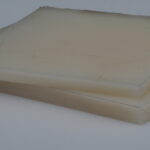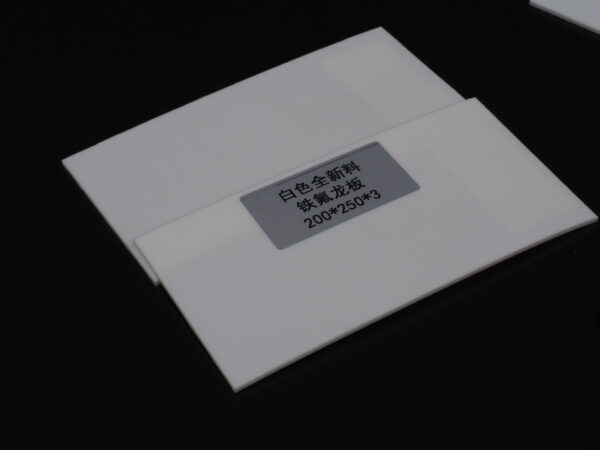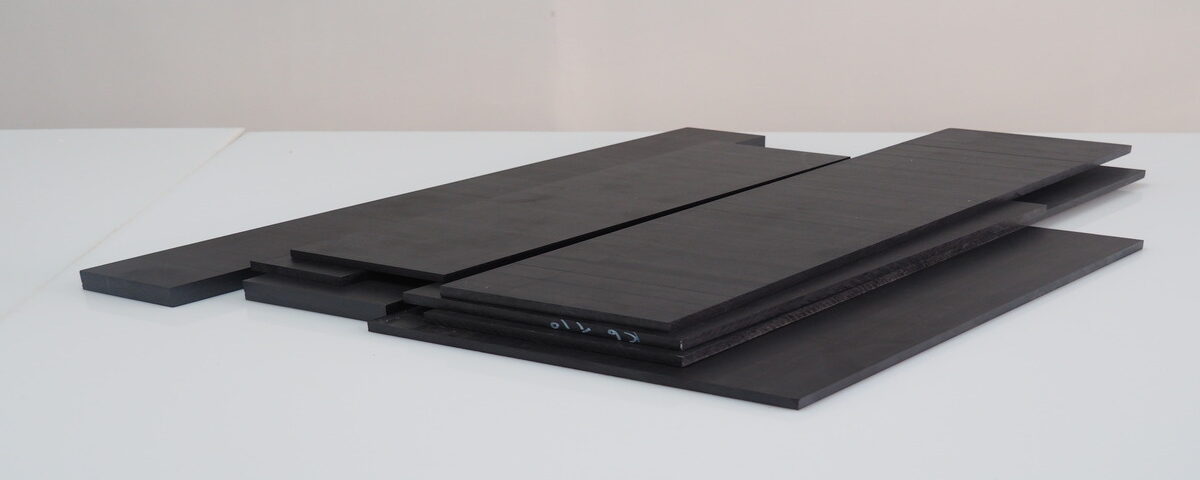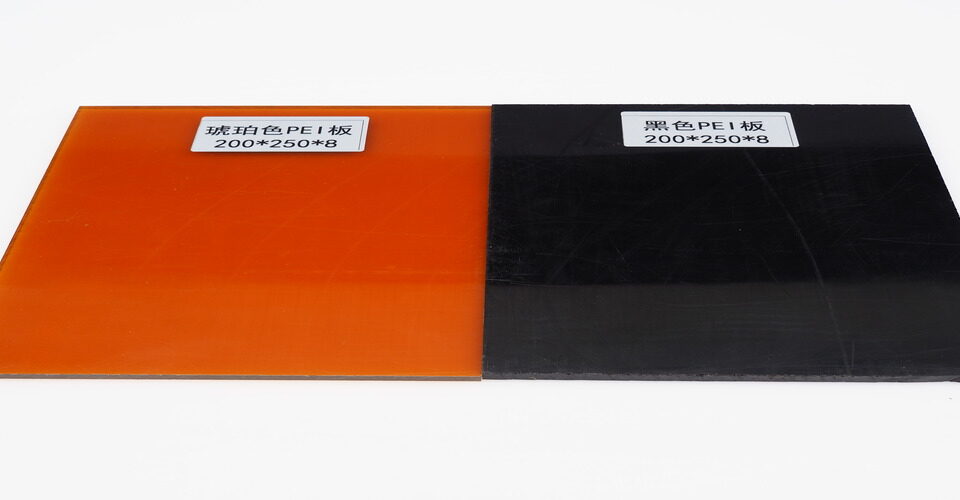
What is the difference between HDPE and PE sheet?
December 19, 2024
What is the Difference Between PVDF and PTFE Material?
December 20, 2024PTFE (Polytetrafluoroethylene) tubing is a versatile material known for its high chemical resistance, low friction properties, and ability to withstand extreme temperatures. It is commonly used in various industries for applications that require durable and non-reactive tubing solutions.
Chemical and Industrial Applications
One of the primary uses of PTFE tubing is in industries that deal with highly corrosive substances. PTFE is resistant to most chemicals, making it ideal for transporting aggressive fluids, acids, and solvents in industries such as chemical processing, pharmaceuticals, and laboratories. Its non-reactive nature ensures that the tubing won’t degrade or contaminate the fluids it carries.

High-Temperature Environments
PTFE tubing is also highly resistant to heat, capable of withstanding temperatures ranging from -200°C to +260°C. This makes it suitable for use in industries that require tubing to endure high-temperature conditions without breaking down, such as automotive, aerospace, and electronics manufacturing. It is used in applications like fuel lines, hydraulic systems, and electrical insulation.
Electrical and Insulation Uses
Due to its excellent dielectric properties, PTFE tubing is often used as insulation for wires and cables in electrical systems. It prevents electrical conduction, making it a popular choice in high-voltage and sensitive electronic equipment. It is also used in aerospace and telecommunications for reliable wire insulation.
Medical and Food-Grade Applications
PTFE tubing’s non-reactivity and ability to meet stringent sanitary standards make it ideal for use in medical devices and food processing. It is used in catheters, pumps, and food-grade fluid systems where hygiene and material purity are critical.
Conclusion
In conclusion, PTFE tubing is used in a wide range of applications, including chemical processing, high-temperature systems, electrical insulation, and medical devices. Its unique properties make it a go-to material for industries that require reliability and durability under harsh conditions.






